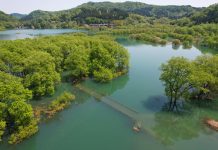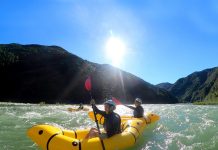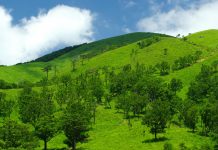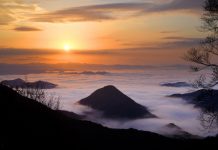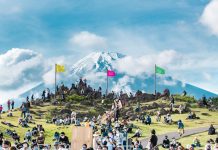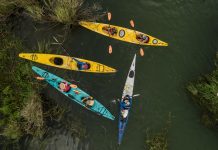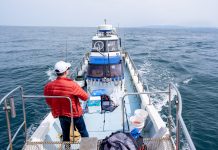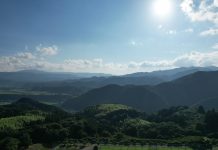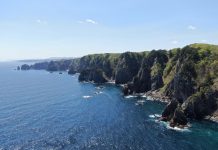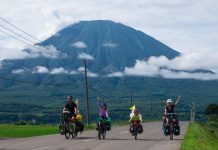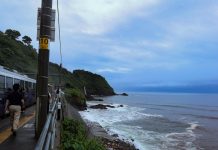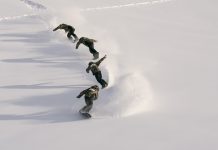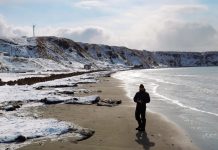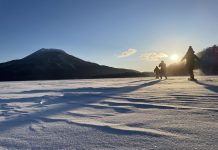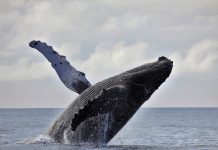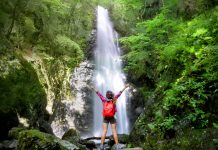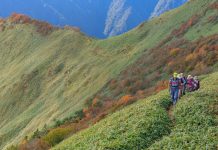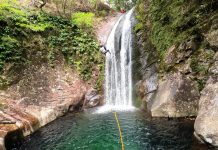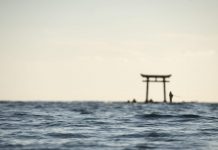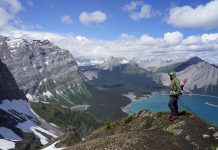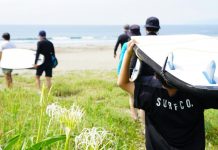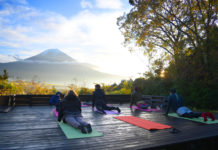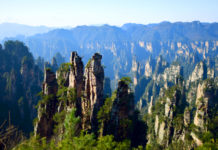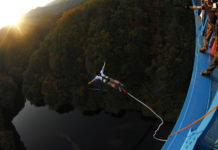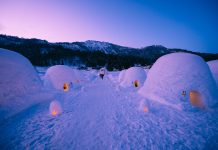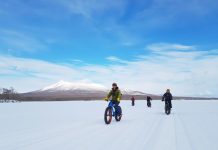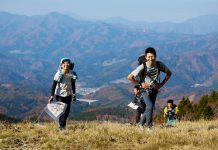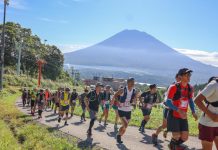“I can see the confluence,” I yelled back to the other members of the team. Cheers rose from the other side of the swollen river. We had finally reached the end of the first descent of the Marishan Canyon after an epic seven days deep in Taiwan’s mountains.
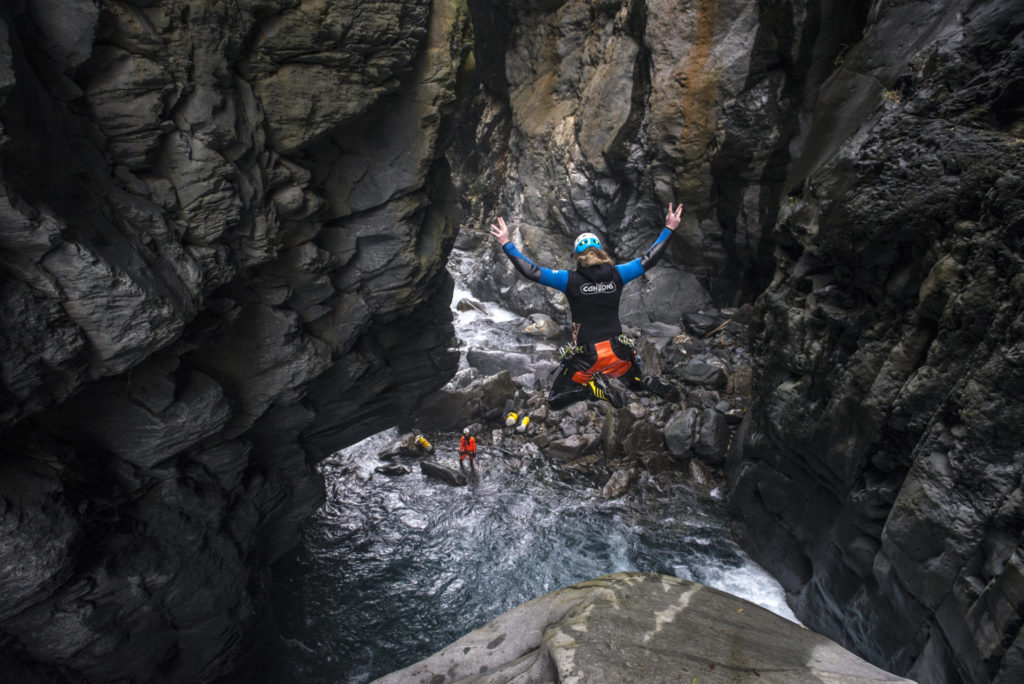
We still had more than a day ahead before we’d reach civilization again, but we had made it out of the canyon section safely and just in the nick of time; the rising river was turning brown from the heavy morning rain. As the euphoric smiles that had spread throughout the team began to fade, it started to sink in that we had completed a world first in canyoning: an eight-day self- supported trip through what turned out to be one of the toughest and most technically demanding canyons in the world.
Mind Spring
The inspiration for the Taiwan Canyoning Expedition began in 2013 when Akira Tanaka showed Andy Humphreys and me some photos of canyons he and some Japanese sawanobori (shower climbing) friends had recently completed. We were blown away by the scale and length of the canyons and the waterfalls. There were one-kilometer deep ravines that stretched for days.
Canyoning trips are usually done as day trips. There are only a handful of canyoners around the world who have done overnight canyoning adventures, let alone a full-week expedition. In 2011, a French team attempted the Chamje Kola canyon in Nepal, but after just two days, they were forced to escape.
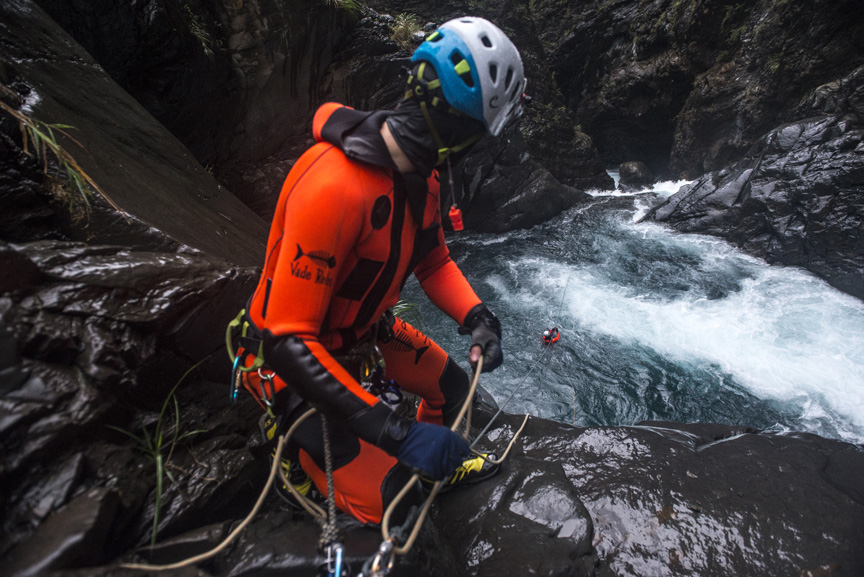
Through our collective canyoning network, we put together our dream team: eight adventurers from seven countries, each with extensive canyoning experience and other specific skills.
Altered Course
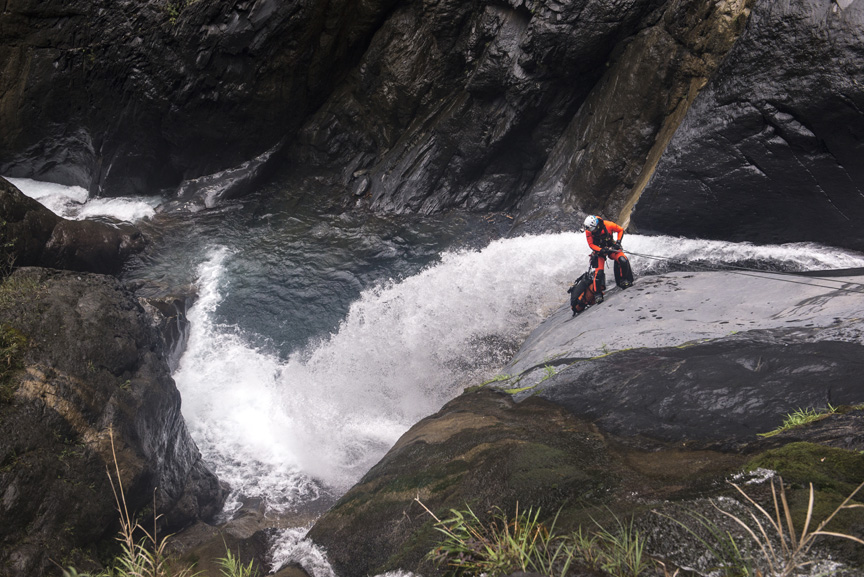
We decided to split the expedition into two equally important parts. Part One would include shorter trips (one-to-four days) to practice and hone technique and teamwork, test the gear and learn about the geography. Part Two would be the big adventure. Twelve days in the Xia Kan Canyon. In mid-March, right after we arrived for the second part of the expedition, the rain began. It was a ceaseless rain that seemed to hang directly over the Xia Kan. We were forced to come up with a Plan B.
Ten days inside a flooded canyon one-kilometer deep would have been suicide. Jasmine, our local guide and queen of logistics, together with Ryoji, one of the legendary sawanobori climbers, quickly came up with a new plan. We’d instead head to Marishan Canyon and then go after a couple of one-day first descents.
To attempt a pioneering expedition such as this, we had to draw on techniques from many disciplines: multi-day hiking, mountaineering, shower climbing and of course canyoning.
We also had to develop some new techniques and source ultra-light equipment to cut back (swimming with a 30+-kg. bag is not fun). The light and fast techniques we developed here will open more opportunities for canyoning exploration. Exciting, as we had just dipped into the possibilities in Taiwan.
Commercial canyoning in Taiwan is still in its infancy with only a handful of customer trips operated by a few local operators, the main two being Adventure Taiwan and ZA Adventure. The goal of the Taiwan Canyoning Expedition was to bring the immense potential to the global canyoning community.
A documentary on the trip is slated to be released in September. To see more photos and media from the trip, visit the Taiwan Canyoning Expedition Facebook Page.
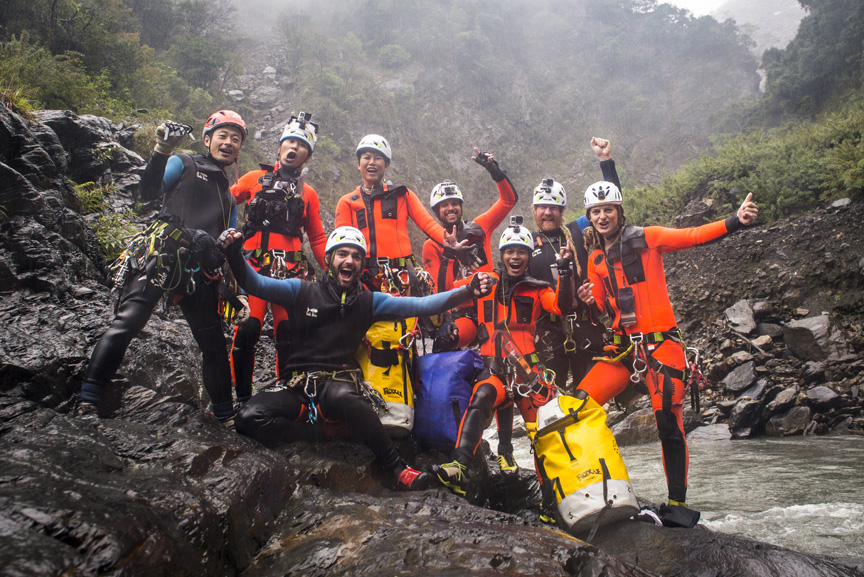
Mike Harris is a New Zealander who founded Canyons, an outdoor adventure company in Minakami, Japan. Gus Schiavon is a Brazilian photographer with a strong focus on canyoning. He is currently based in Queenstown, New Zealand. The team would like to give a big shout out to the sponsors who made the trip possible: Finetrack, Rodcle, Watershed, GoPro, Mochizuki, TAIT and Instamic.

